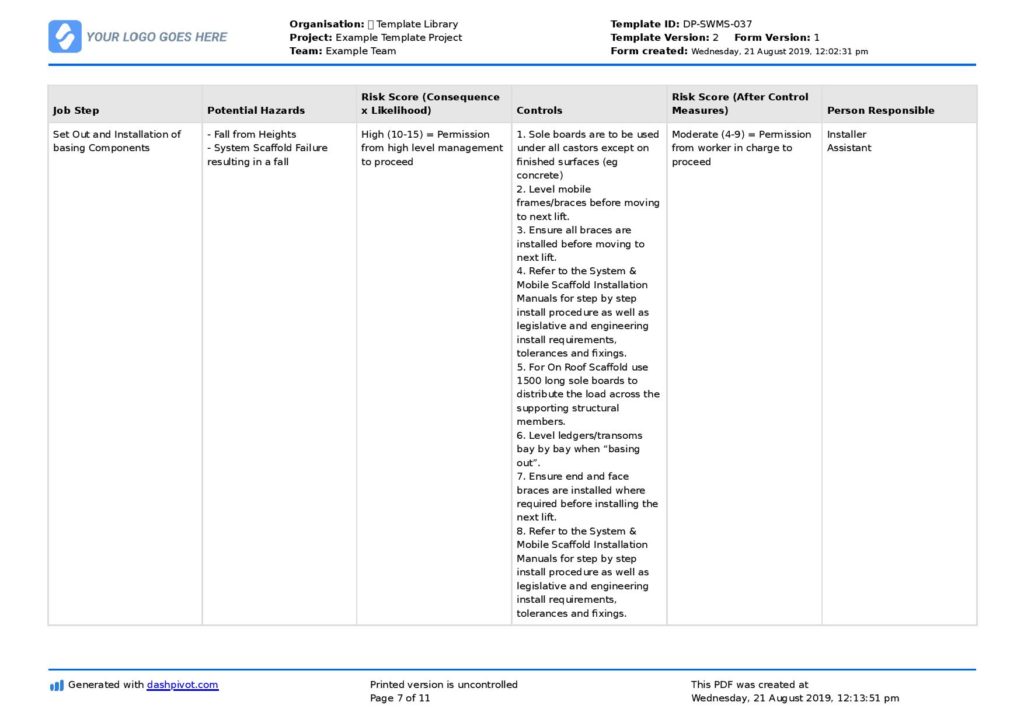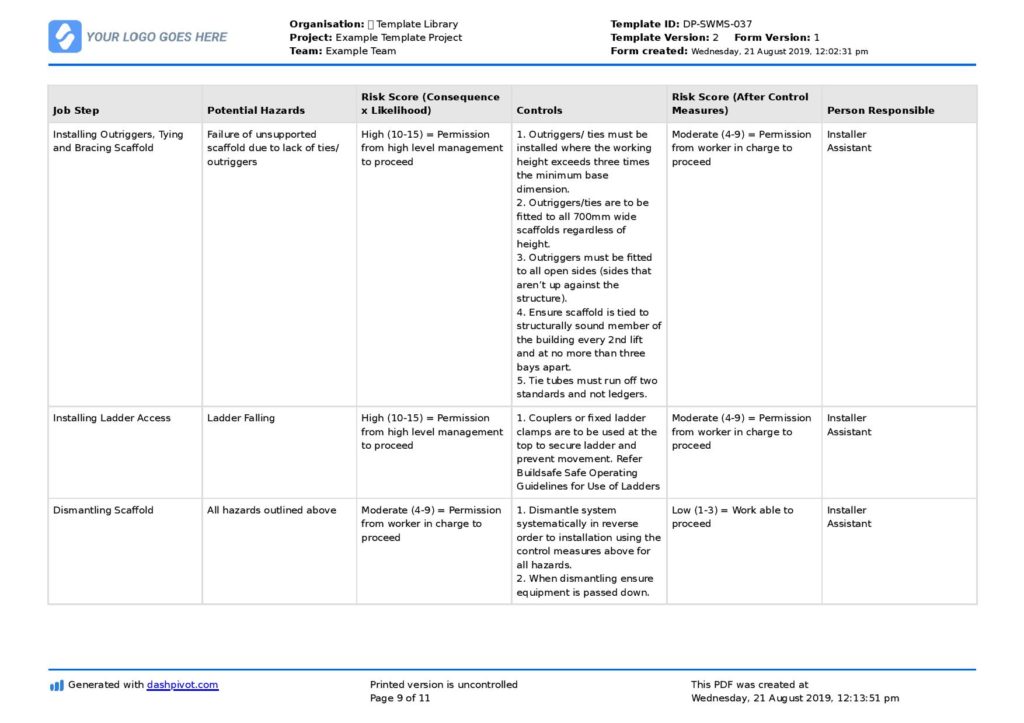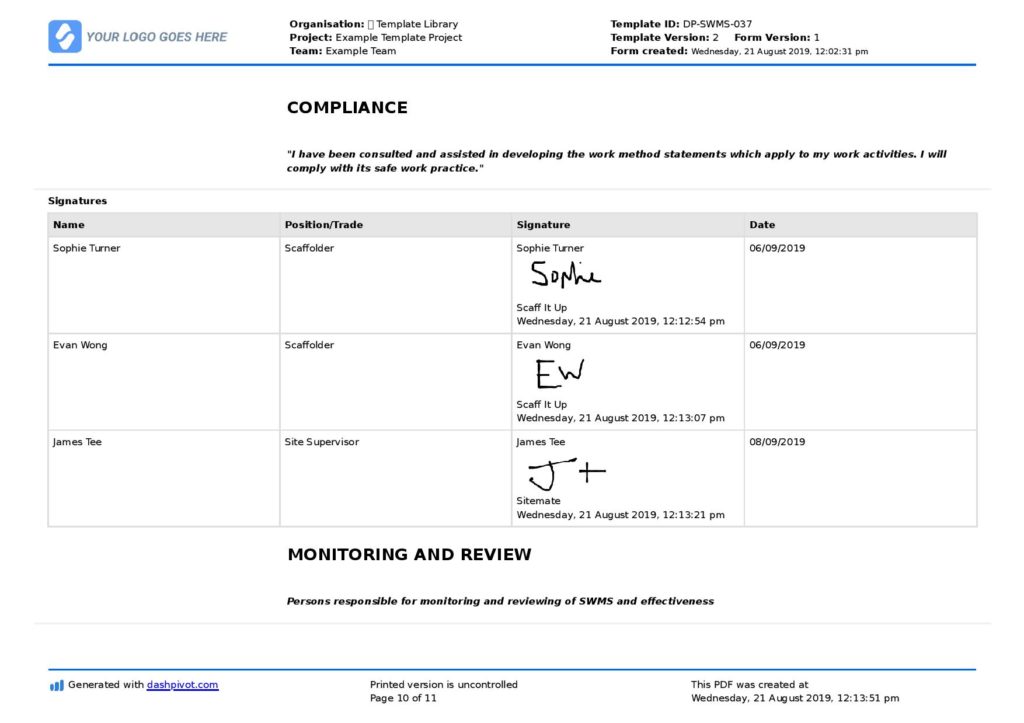Scaffolding Safe Work Method Statement SWMS
Start with a free 30-day trial. No credit card required.

~10,000 employees
~10 employees
~200 employees
~25,000 employees
~1,000 employees
~1,500 employees
~30 employees
What is a Scaffolding SWMS?
Scaffolding safety is a very important component of overall site safety for all construction and site-based companies. It is a high risk construction activity for those planning and establishing the scaffolding as well as all of those who come in contact, walk on, and work around the scaffold (which is most people on site).
With having so many risks and hazards involved around this high-risk construction work, it's necessary to prepare a document that lays out the safety practices and procedure, the hazards, and the control measures to be place – which is what a Scaffolding Safe Work Method Statement (SWMS) is.
To know more about it, check this Safe Work Method Statement: Everything you need to know about SWMS article.
Preview this Safe Work Method Statement for Scaffolding below
Use this Safe Work Method Statement for Scaffolding Template for free.
When is a SWMS required for scaffolding?
If a work task, in this case scaffolding, has steps and activities that fall within the categories under High-Risk Construction Work (HRCW) (specifically for scaffolding, it's any work of more than 2 meters), then it's required to prepare a Safe Work Method Statement (SWMS).
There are a couple more risk indicators that make it vehemently obvious to create SWMS dedicated for it. Working at heights is just one of the many risks, the others are:
- Having unstable scaffolding assembly, with a lack of guard systems to protect workers
- Potential weight capacity overloading because of substandard scaffold components being used/workers potentially not trained/informed on its weight capacity
- There's no edge protection or even tool lanyards to hold items in place. It's not such materials or debris workers down below have to worry hitting their heads.
- If you're working near power lines or workers are using electrical tools without safety precautions. There's bound to be electrical hazards.
- There's a lack of supervision and undermining the importance of keeping an eye on scaffolds. This could unfortunately lead to unsafe practices.
- There are no signages in place to indicate "restricted access" to avoid unwanted/untrained personnel from using the scaffold.
What's typically included in a Scaffolding SWMS?
A Scaffolding SWMS typically follows the workplace safety regulations set to make sure that the important safety aspects are being fully included. It could vary from places to places, depending on the company policies and preferences, but there are the important ones:
- Detailed description of the scaffolding work: it should include the type of scaffolding built, the materials used, if it's new, modified, or can be dismantled.
- Hazard identification section: this is the main purpose of having the SWMS, to be able to list down the risk/hazards you see around the area, and make sure you don't miss anything
- Control measures: if there are risks, then you should address them. Workers, supervisors, and safety personnel should indicate in this section how to lessen the risks similar to getting workers training, or implementing what's missing, or using upgraded PPEs, etc.
- All of the safety procedure and guidelines in setting up, using, and dismantling the scaffolding
- Emergency procedure in case anything goes wrong
How does Scaffolding Safety Documents prevent accidents on site?
There are many different scaffolding safety documents which help to reduce the chance of scaffolding incidents including scaffold checklists and safe work method statements for scaffolding like this template.
Creating and maintaining a good scaffolding SWMS ensures that everyone who is involved on setting up scaffolding approaches it in the same safe, organised and reliable way - which dramatically reduces the chance of avoidable errors and tragic consequences.
Other popular templates you can use and edit for free
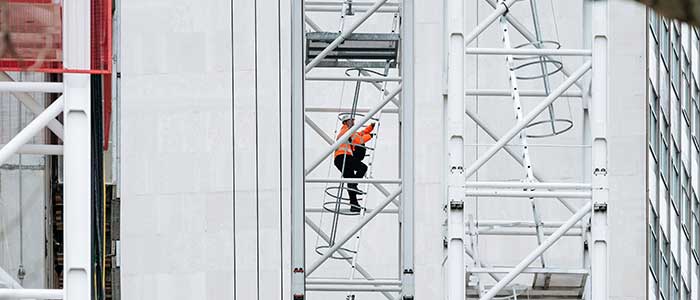
Safe Work Method Statement for Working at Heights
Reduce the likelihood and consequences associated with terrible working at heights incidents by better managing and communicating your SWMS.

Scaffold Inspection Checklist
Conduct thorough and safe scaffold inspection checklists directly from site using this daily or weekly scaffold inspection template.
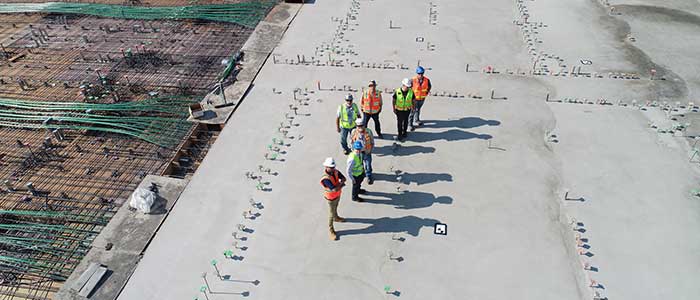
Safety Toolbox Talk
This toolbox talk template is quick and easy to complete and signoff on site, and keeps all of your toolbox talks neatly organised and professional.
This Scaffolding SWMS was generated with Dashpivot
This SWMS for scaffolding is smart and easy to manage:
- Access, update and sign off on the scaffolding safe work method statement directly from site using a mobile or tablet, or on any computer.
- Customise the framework and contents of the scaffolding SWMS to better suit your projects, operations and safety requirements.
- Get easy automated document controls on a web-based SWMS document including version control and audit trails to always remain compliant.
- Get the benefits of a digital SWMS, and instantly download your records as PDF or CSV documents with your own company logo and colours.
Sitemate builds best-in-class software tools for built world companies.






